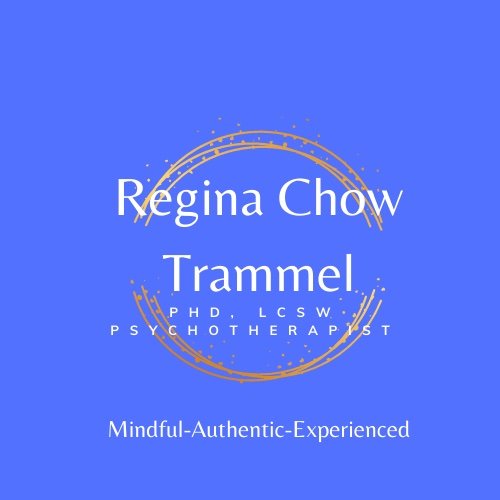Mindful Integration: Embracing All Parts of Yourself
Integration as a Path to Mindfulness
Integration is a powerful practice for cultivating mindfulness. By attending to and attuning with our internal conflicts, we can better serve and understand the external struggles of the world. This mindful approach fosters inner peace and holistic well-being.
Holistic Human Beings
Integration embodies the belief that we are holistic beings. This process helps to reunite and heal the fragmented parts of ourselves, creating a sense of completeness. It knits together what was once divided, promoting a harmonious self.
Embrace Mindfulness in Integration
Adopting a mindful stance towards integration means acknowledging and embracing all parts of yourself with positive self-regard. Instead of exiling or disowning your thoughts, feelings, or spiritual churnings, notice them. Approach what feels discordant with curiosity rather than fear or disgust.
Mindfulness Practice for Integration
Support your integrated self with this mindfulness practice prompt:
Sit comfortably and place your right hand at your left armpit, then use your left arm to embrace and hold your upper right arm.
Breathe into this embrace, squeezing gently but firmly.
Breathe again as you release.
On your exhale, meditate on God’s truths of love toward you.
If it resonates with you, meditate on Matthew 9:9-13.
Hi! I’m Regina Chow Trammel, PhD, LCSW, and I have successfully treated hundreds of clients throughout my 15 + years of psychotherapy practice. I often use mindfulness therapies, existential and process-based interventions. I sincerely want to help you move forward toward a life that is meaningful, mindful, and balanced.
I am licensed in both California and Illinois and provide tele-therapy as well as limited, in person therapy in Azusa, CA. Continue to peruse this site for more on rates, specialties by viewing the tabs and/or headers above.

